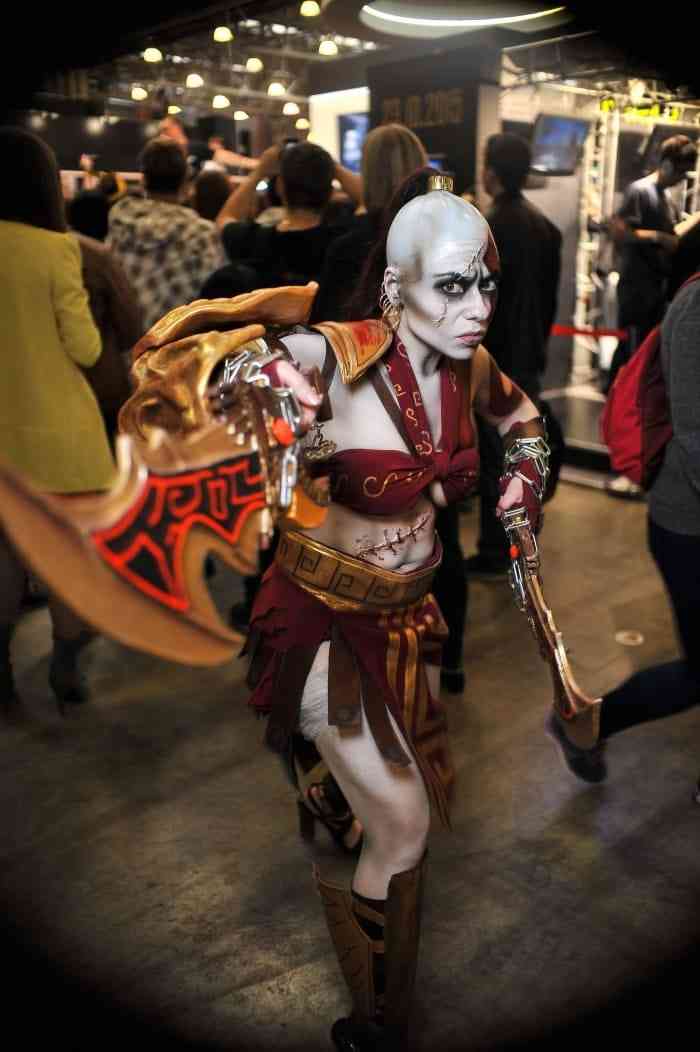
As we prefer a nice and clean NG code base, we decided not to migrate the existing implementation or re-implement the same complex logic.Īs the new behavior already aligns with many mainstream document editors, we decided to make the switch directly. The existing implementation assumes legacy data structures like InlineBox, which no longer exist in LayoutNG. This decision is informed by previous unsuccessful attempts at keeping the existing behavior.Ģ. Type the Alt code number 8248 and release the Alt key. Hold down the left Alt Key from your keyboard.

Make sure you switch on the Num Lock from the keyboard and you type the number from the Numpad and not from the top row of the keyboard. The current implementation is based on hacks with many bugs, which we don’t want to maintain any more. Here are the two simple steps to type the using Alt code from your keyboard. Logical movement is simple to implement and maintain, while visual movement is very complicated. We decided to switch to the logical strategy mostly for technical considerations:ġ. We create the best possible conditions for tech talents so they can add value to ambitious and innovative companies. Because we are in the heart of the international high tech industry we know the needs of companies that want to stay ahead. It’s also adopted by WebKit, Firefox and the current Blink. They bring knowledge to execution and can spark or accelerate innovation. Visually: Caret moves in the same direction from left to right. Logically: Selection.focusOffset goes as 0, 1, 2, 3, 5, 4, 6 In the example, if we keep pressing the right arrow key, the caret movement is: Unicode: f0d9 Created: v2. When left/right arrow key is pressed, the caret is moved across one character *visually* to the left or right. It’s also adopted by the following apps: Microsoft Word, Google Docs and Edge (before switching to Chromium).Ģ. This is the standard behavior on Windows and Android.

Logically: Selection.focusOffset goes from 0 to 6 sequentially In the example, if we keep pressing the right arrow key, the caret movement is: When left/right arrow key is pressed, move the caret to the previous/next position in the logical ordering. The caret can be pointing in any direction, the border width, the color can be changed and the code is generated as you move the slider. When moving the caret in bidirectional text, there are two different strategies:ġ. Note that the Hebrew letters are rendered in the reversed order (as the line goes left-to-right). There will be no behavior change on pure ltr or rtl text.įor bidirectional text, the logical ordering and visual ordering are different.
Left caret mac#
It will no longer match the Mac standard behavior.
Left caret android#
This means Blink’s behavior will match the Windows and Android standard behaviors, and also apps like Microsoft Word and Google Docs. TL DR: Effective in M76, when moving caret with left and right arrow keys in mixed bidirectional text, Blink will perform logical movement instead of visual. If you don’t deal with right-to-left scripts (Arabic, Hebrew, Persian.


 0 kommentar(er)
0 kommentar(er)
